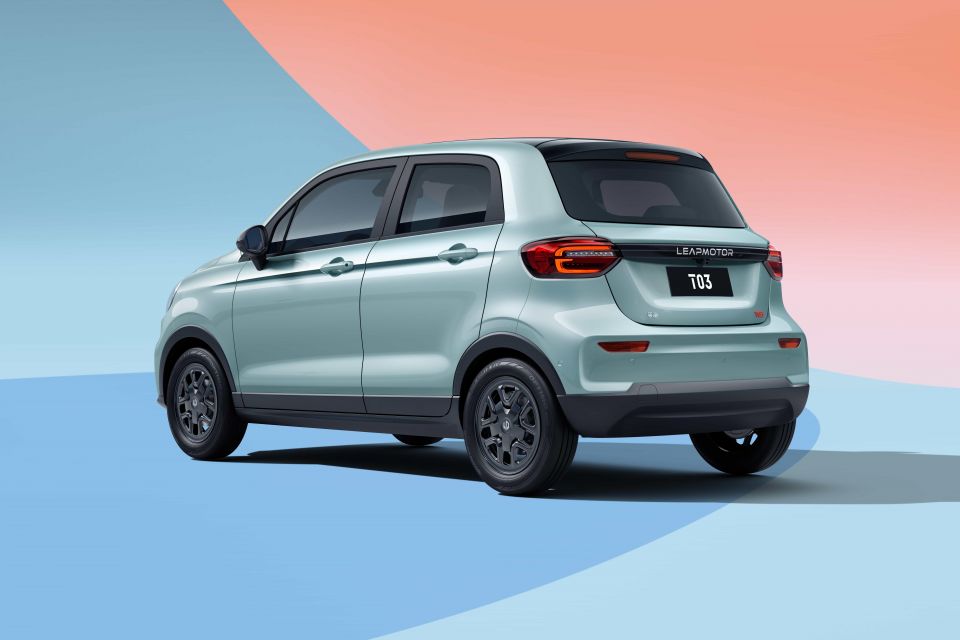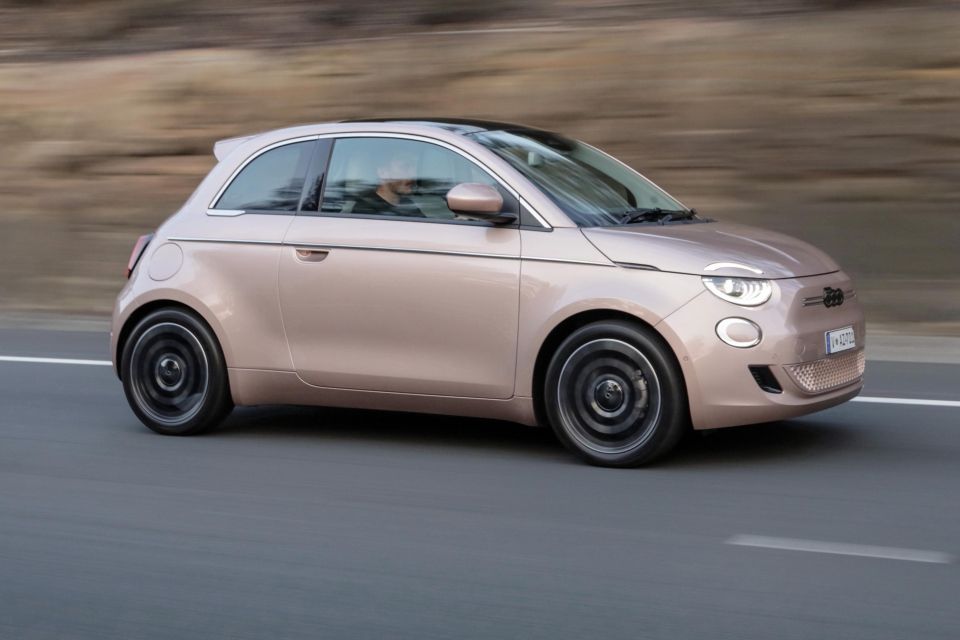

Josh Nevett
2025 Bentley Bentayga review
5 Days Ago
Stellantis is considering producing 150,000 affordable electric vehicles (EV) a year in Italy with its Chinese partner, Leapmotor.
The decision could see Stellantis go from its stunning about-face on Chinese EVs – which saw it buy into Leapmotor after criticising Chinese brands – to building the brand’s EVs in the historic Mirafiori Fiat plant in Turin.
The low-cost Leapmotor EVs would then be sold through Stellantis dealers in Europe.
According to Automotive News Europe, sources familiar with the matter say production could start by 2026 or 2027.

Stellantis CEO Carlos Tavares said the company would seize the opportunity if there was a strong business case.
“If we have the opportunity because it makes economic sense to manufacture Leapmotor’s cars in Italy, of course we will do,” he was quoted as saying to Italian media according to Automotive News Europe.
He reportedly said bringing Leapmotor’s cars to Europe from a Stellantis-controlled entity would be a big asset for the company.
“It only depends on our cost competitiveness and our quality competitiveness,” he said.

When asked about Mr Tavares’ comments by Automotive News Europe, a spokesperson from Stellantis reportedly confirmed the comments, but declined to comment further.
A decision to begin production might be closer than we think, however, with a source close to the matter reportedly confirming his company was notified that Stellantis is considering producing 150,000 EVs a year in Turin.
A second source reportedly said Stellantis is researching ways to build the Leapmotor vehicles profitably.
If this decision is greenlit, it would get the ball rolling on Stellantis’s goal to sell 500,000 EVs outside of China by 2030 as part of the joint venture.

The Mirafiori plant in Turin, opened in 1939, currently produces the battery-electric Fiat 500e and the lower-volume Maserati Levante. In the past however, the plant was one of Europe’s largest in terms of output, producing the Fiat 500 and 600.
The stars seem to be aligning for the production of Leapmotor vehicles to begin at Mirafiori, as Stellantis has started creating room in the production facility.
Production of the Maserati Levante will cease in late March, and the replacement for the SUV – set to be a BMW X5-sized electric SUV – will reportedly be produced in Cassino in central Italy starting in 2027.
Likewise, the replacement for the Fiat 500e will reportedly be shifted away from the Mirafiori plant, with a new location yet to be chosen.

The Pomigliano d’Arco plant, near Naples, is reportedly a strong contender as it already produces Stellantis’s STLA Small architecture vehicles, and this is what the 500e replacement will reportedly migrate to.
Additionally, it will allow the 500e’s replacement to retain the ‘made in Italy’ tag.
Adding an additional 150,000 units a year to Stellantis’ total would reportedly go a fair way in helping the company keep to its commitment – which it made with the Italian Government – of producing 1 million vehicles a year in the country by the end of the decade.
It produced around 750,000 vehicles in Italy last year.
In October last year, Stellantis confirmed it would invest €1.5 billion (A$2.47 billion) in Leapmotor, purchasing about 21 per cent of the Chinese automaker.

As part of the deal, Stellantis will gain two seats on Leapmotor’s board, as well as a controlling 51 per cent stake in a new joint venture firm that will be in charge of Leapmotor’s global export and distribution network, as well as the Chinese firm’s future manufacturing operations outside of “Greater China”.
Leapmotor’s current range currently consists of three all-electric models: the T03 city hatch, C01 sedan, and C11 crossover. Both the C01 and C11 can also be fitted with a 1.5-litre engine that acts as a range extender, charging up the battery pack as necessary.
In 2022 Leapmotor sold around 110,000 cars in China, which according to Automotive News makes it the ninth largest purveyor of “new energy vehicles” (e.g. EVs, plug-in hybrids) in the country.
The announcement was the first major investment in China since Stellantis began scaling back its ambitions in the market around 2022, when it closed its joint venture Jeep factories.
Chinese cars have already been making inroads in Italy. DR Automobiles, for example, is an Italian firm that takes Chinese vehicles from brands like Chery and subtly restyles them, with final assembly taking place in Italy.
Where expert car reviews meet expert car buying – CarExpert gives you trusted advice, personalised service and real savings on your next new car.


Josh Nevett
5 Days Ago


Andrew Maclean
4 Days Ago


Shane O'Donoghue
4 Days Ago


Anthony Crawford
3 Days Ago


Matt Campbell
2 Days Ago


James Wong
20 Hours Ago